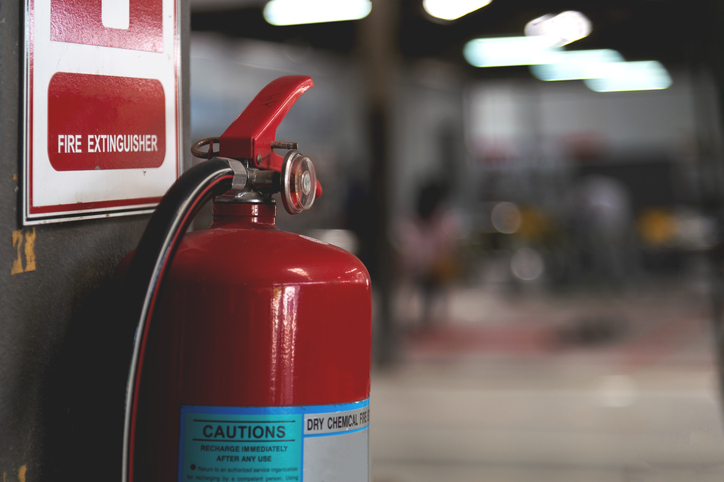
Carbon tetrachloride (chemical formula: CCl₄), is a clear or colourless liquid. It is highly toxic and has a characteristic odour. It is soluble in alcohol, benzene, chloroform and ether, but only slightly soluble in water.
Carbon tetrachloride uses:
Carbon tetrachloride has largely been phased out due to environmental concerns.
Some of its former uses include:

The routes of exposure for carbon tetrachloride include inhalation, ingestion and skin and eye contact.
Inhalation of carbon tetrachloride may produce toxic effects over prolonged periods, with respiratory discomfort and distress expected. Symptoms can include headaches, confusion, depression, nausea, vomiting, diarrhoea, loss of coordination, a spinning sensation, unconsciousness and even death (as a result of kidney or liver damage). Inhalation of high concentrations of carbon tetrachloride vapours may give a feeling of euphoria.
Ingestion of carbon tetrachloride may cause serious damage to the health and may lead to fatality. High concentrations may be toxic to the heart, kidneys and liver.
Skin exposure to carbon tetrachloride can lead to dry and scaly dermatitis. Other toxic effects may result following absorption, hence open cuts and wounds should be protected adequately to ensure the chemical does not enter the bloodstream.
Eye exposure is expected to cause tearing, redness and transient discomfort.
If inhaled, remove the patient from the contaminated area to the nearest fresh air source. Lay the patient down and keep them warm and rested. If the patient is not breathing and you are qualified to do so, perform CPR, preferably with a bag-valve mask device. Transport to hospital without delay.
If swallowed, urgent hospital treatment is likely to be required. Someone qualified in first aid should observe and treat the patient in the meantime, referring to the SDS for instruction. If medical attention is more than 15 minutes away, wearing gloves, induce vomiting with fingers down the back of the throat, ensuring the patient is leaned forward or placed on their left side to prevent aspiration. The patient should avoid drinking any milks, oils and alcohol.
If the event of skin exposure, quickly but gently, wipe the chemical off the skin with a dry cloth and remove all contaminated clothing and footwear, ready to flush the affected area with plenty of running water. Transport to hospital.
If the chemical is exposed to the eyes, flush the eyes out immediately with fresh running water for at least 15 minutes, remembering to wash under the eyelids. Contact lenses should not be removed in the event of thermal burns. Transport to hospital without delay.
Emergency eyewash fountains should be accessible in the immediate area of the potential exposure to the chemical and there should always be adequate ventilation to remove or dilute any air contaminants to prevent overexposure (install local exhaust if necessary).
The PPE recommended when handling carbon tetrachloride includes; safety glasses with side shields, chemical goggles, half face respirators, PVC/rubber gloves, overalls and safety footwear. Skin cleansing and barrier creams are also recommended in cases of skin exposure.
Always refer to your SDS to prevent the incorrect handling of ascorbic acid and other chemicals. Click here for a trial of our SDS Management Software or contact us at sa***@*******ch.net for more information about our chemicals management solutions.